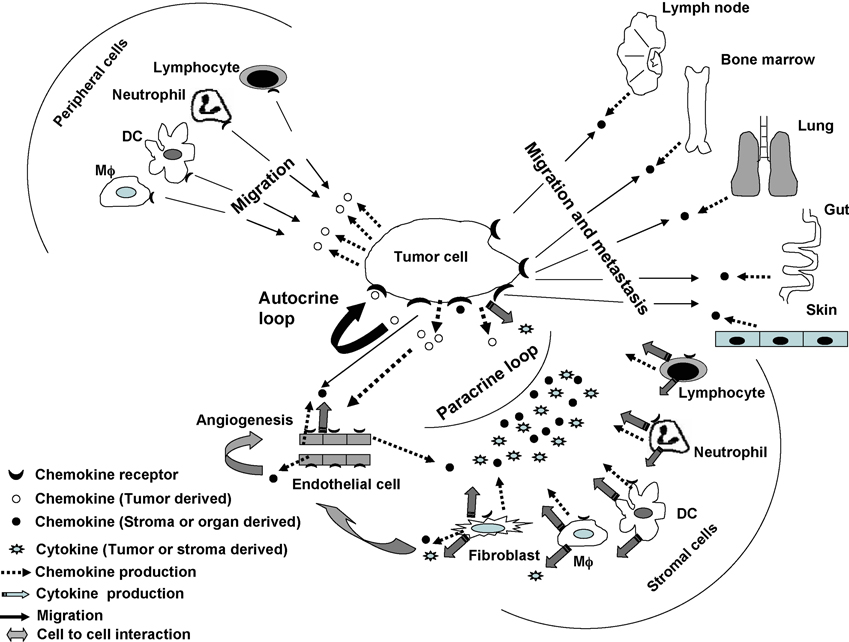Fig. 1. Role of chemokines and chemokine receptors in tumor microenvironment.
Chemokines secreted by tumor cells can induce autocrine tumor growth stimulation by binding to chemokine receptors on tumor cells, induce angiogenesis by activating endothelial cells, or attract leukocytes such as dendritic cells (DC), lymphocytes, macrophages (Mϕ) and neutrophils from the periphery to the tumor site [1–4]. Stromal cells within the tumor, including fibroblasts, DC, lymphocytes, Mϕ and neutrophils, may be activated by tumor cells through cell-cell interactions (not shown) or cytokines or chemokines produced by tumor cells [7, 15, 19, 20, 23, 43]. The activated stromal cells may then secrete cytokines (VEGF, TNF-α, TGF-β, IL-1, IL-10) or chemokines (CCL2, CXCL8, CXCL12) that can directly or indirectly promote tumor growth (paracrine tumor growth stimulation), angiogenesis, and metastasis [14–16, 23]. Cytokines produced by stromal cells can act on tumor cells directly to promote growth or indirectly by inducing tumor cells to secrete chemokines, such as CXCL8 or VEGF [16, 23]. CXCL8 can bind to tumor cells to promote autocrine tumor growth stimulation, and VEGF can induce tumors to produce CXCL12 and upregulate CXCR4 promoting autocrine tumor growth stimulation and metastasis. Fibroblast-derived VEGF or CXCL12 can also act on endothelial cells to promote angiogenesis, or CXCL12 can bind to tumor cells directly supporting tumor growth [16, 23]. Thus, tumor cell growth stimulation can occur through autocrine and/or paracrine loops. Chemokine receptor-positive tumor cells can migrate toward stromal derived chemokines produced in distant organs (bone marrow, gut, lung, lymph node and skin) resulting in disease progression and metastasis [1–4].

